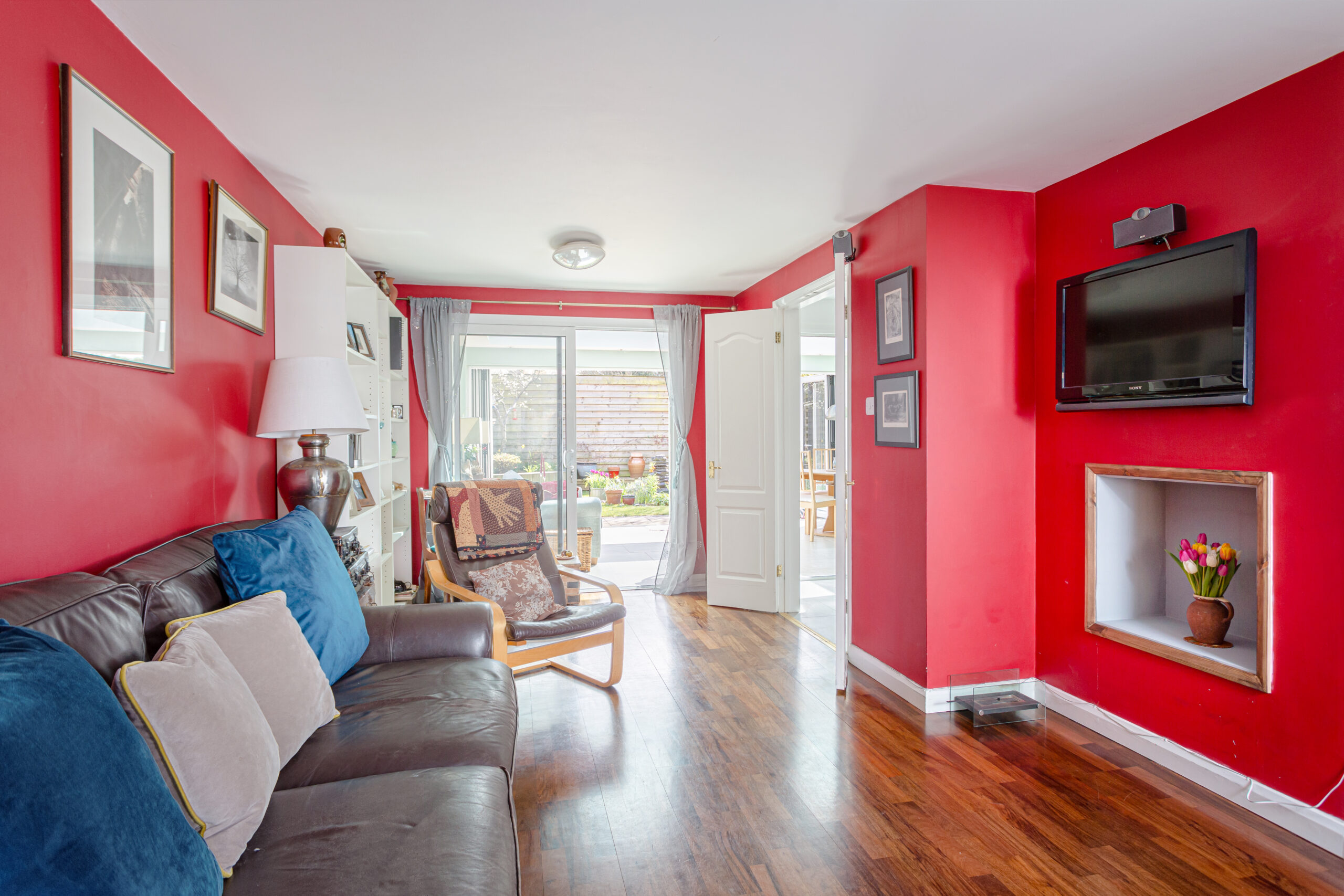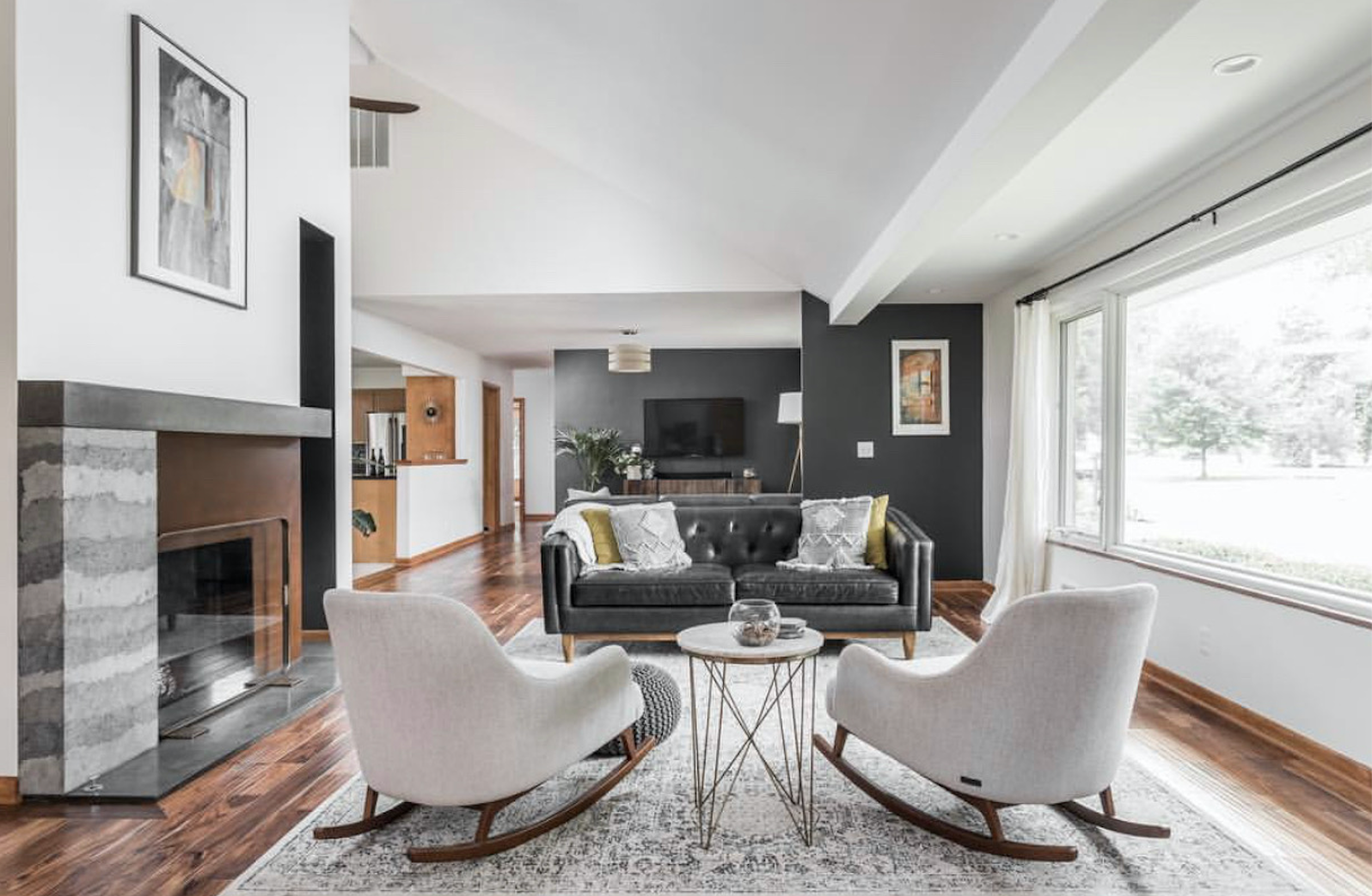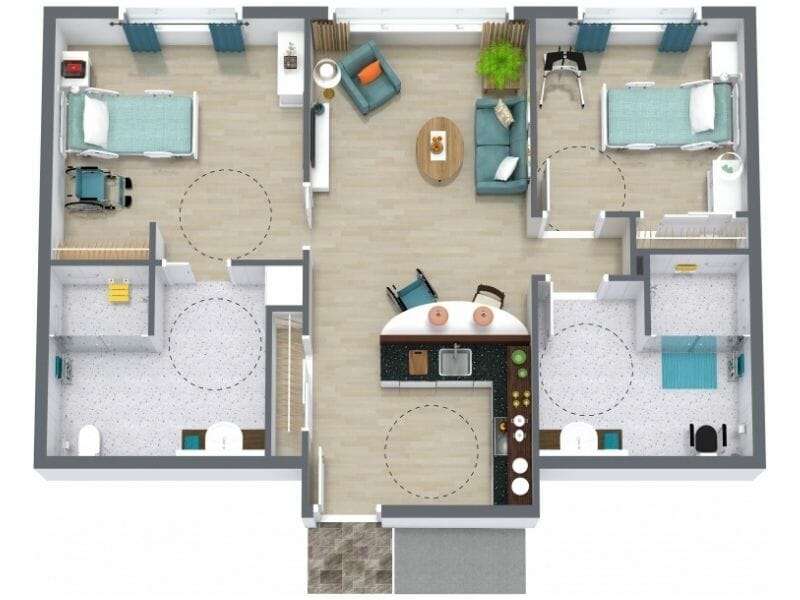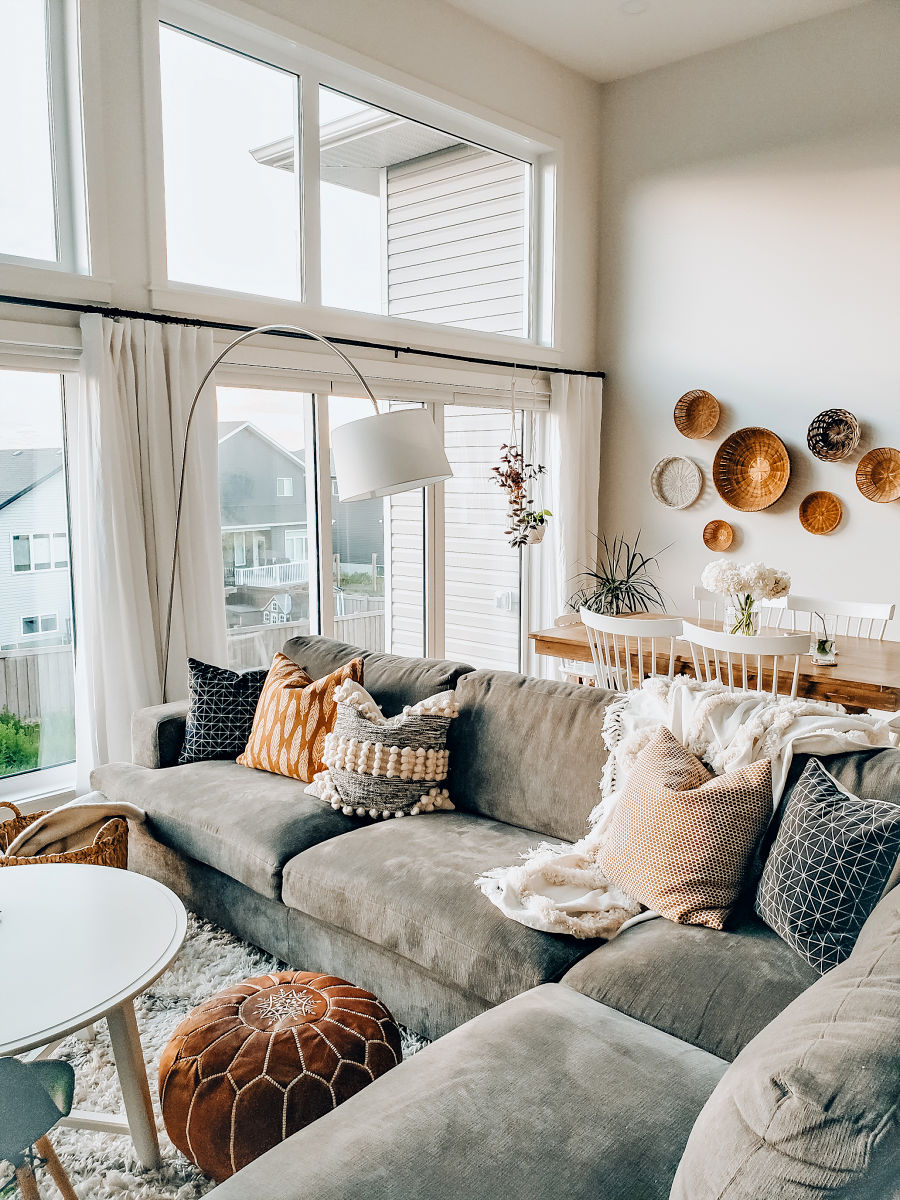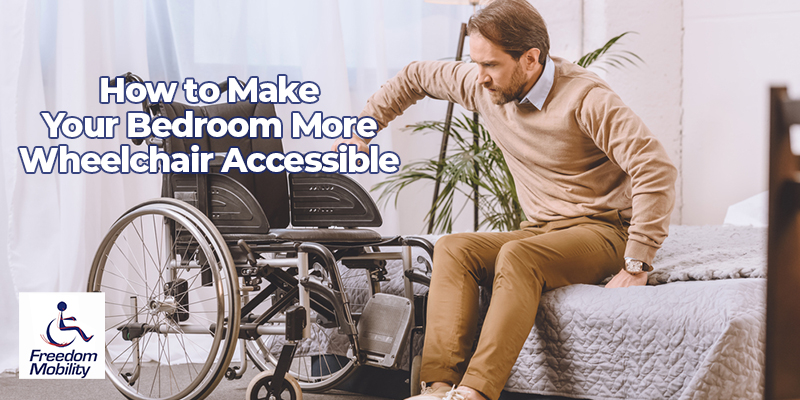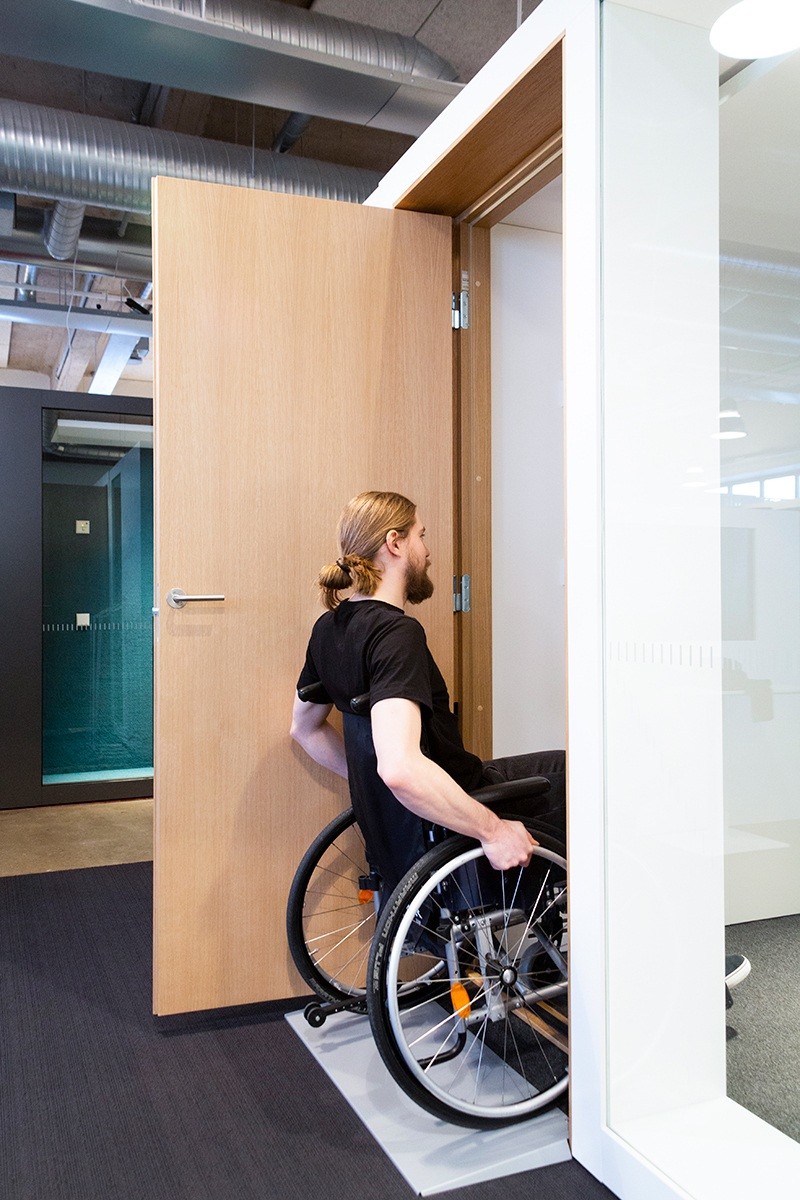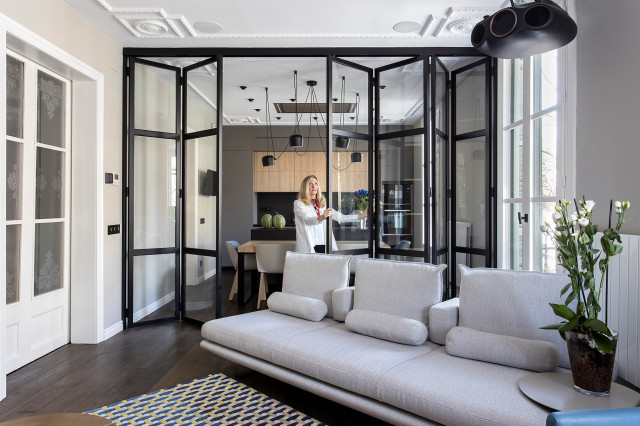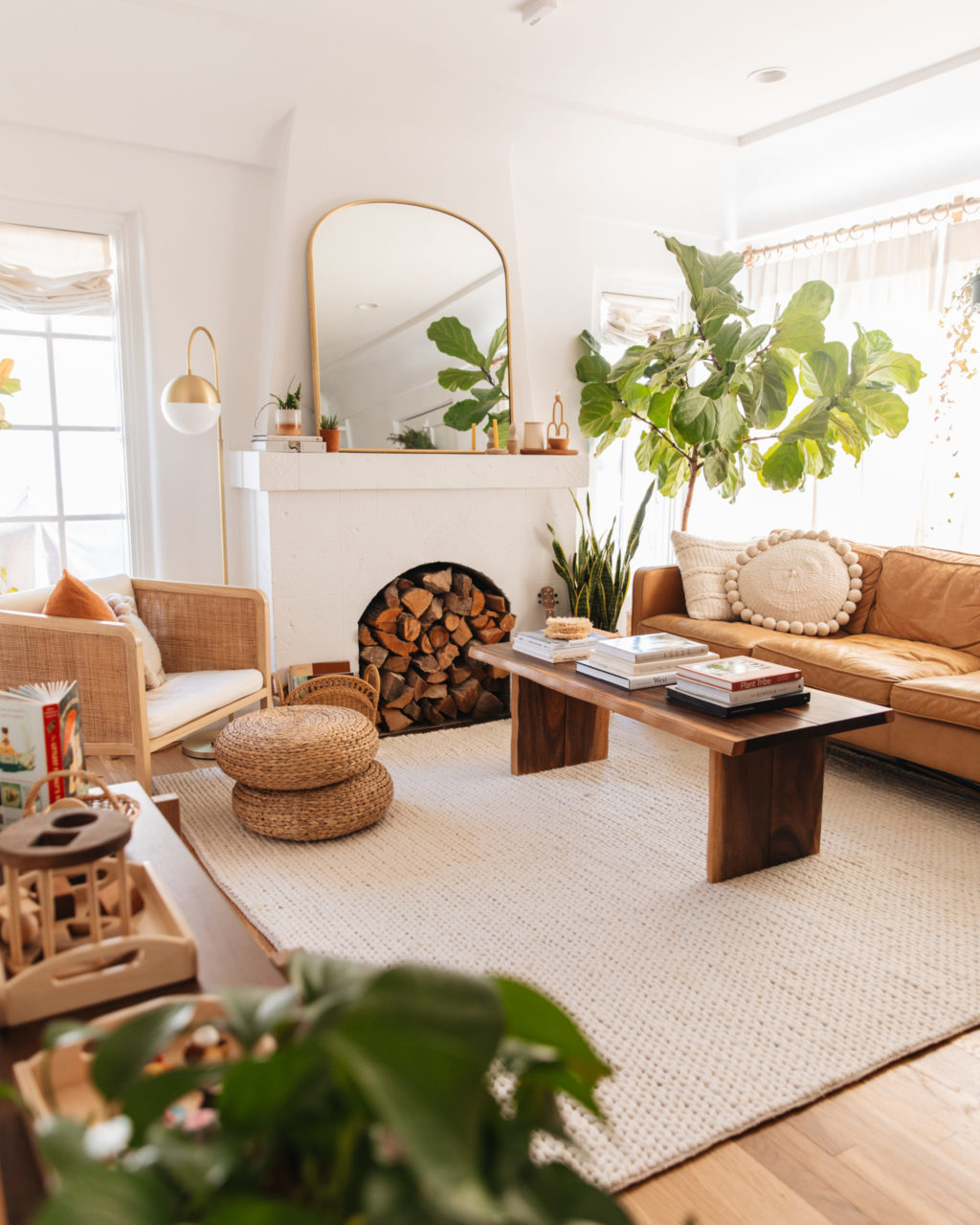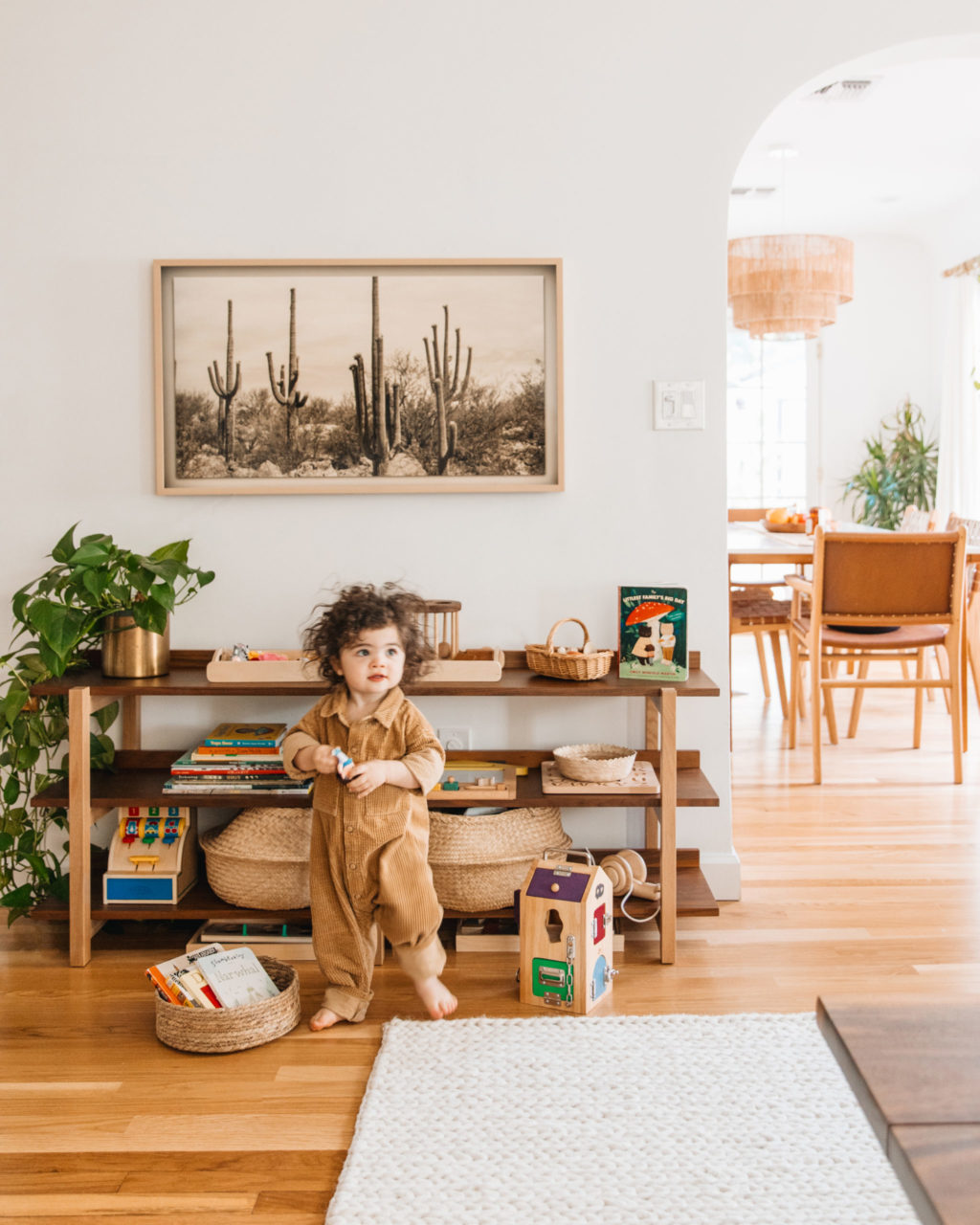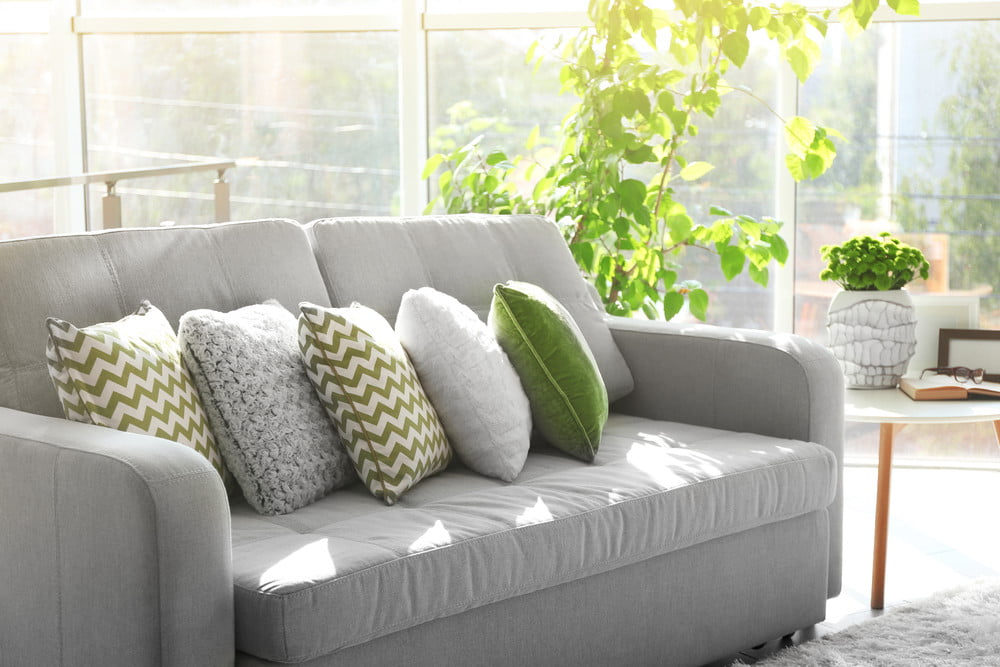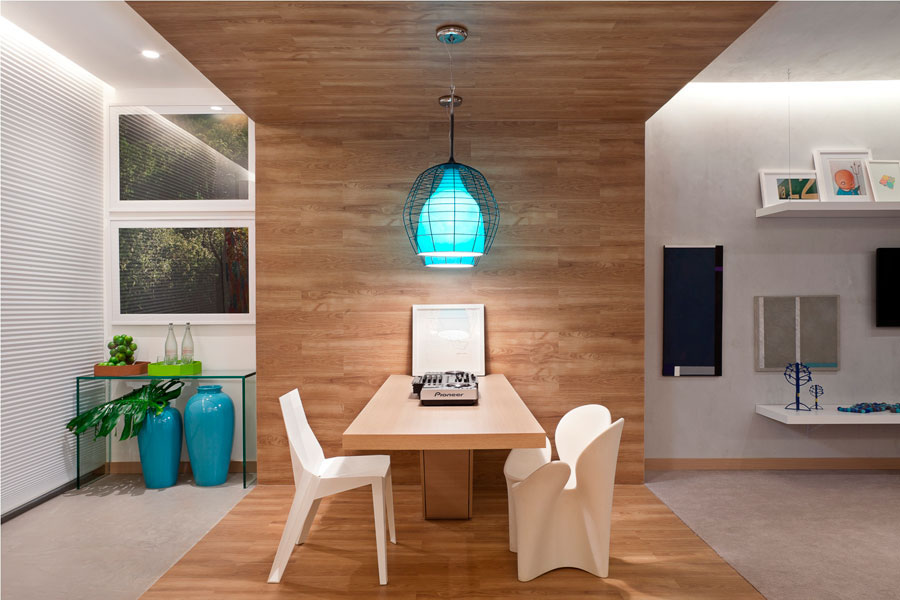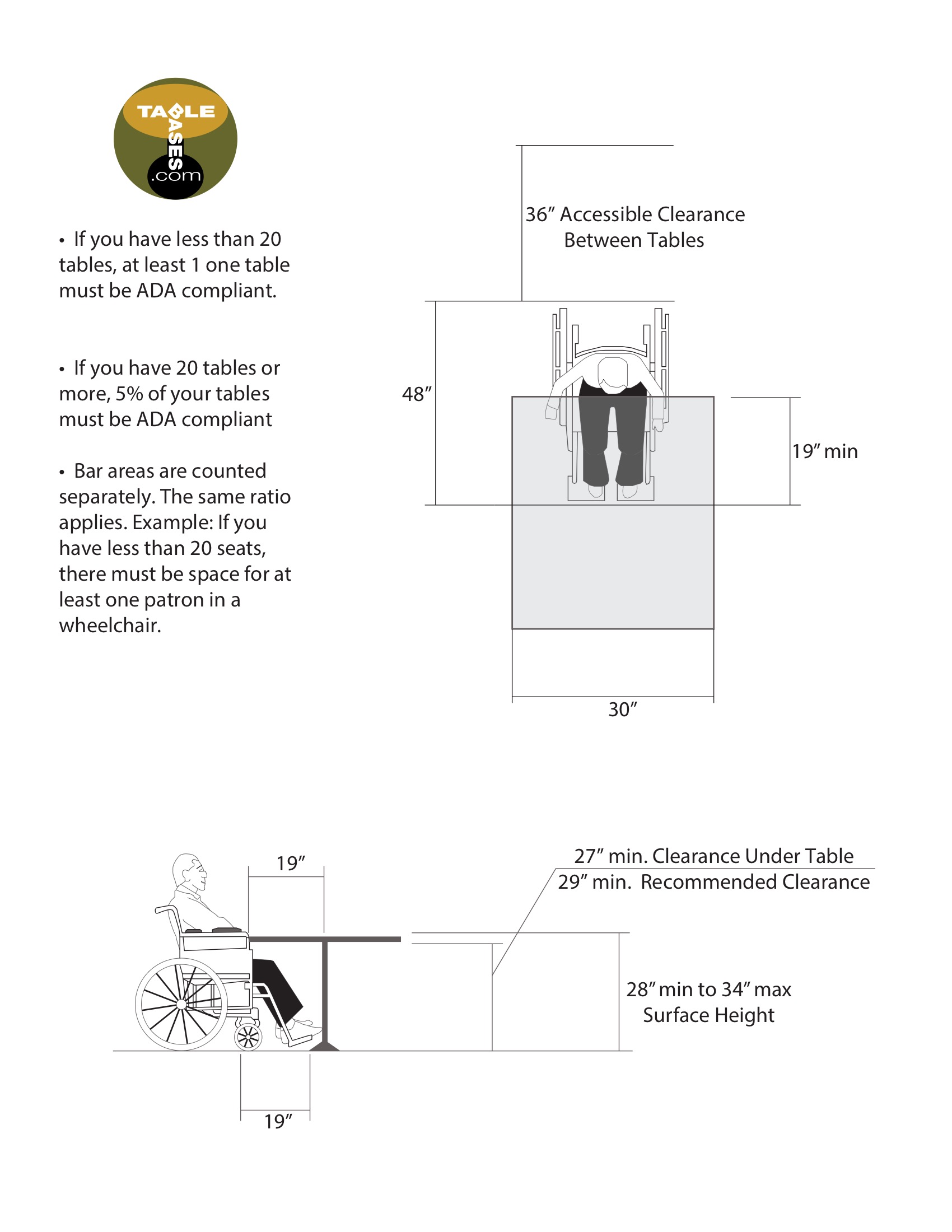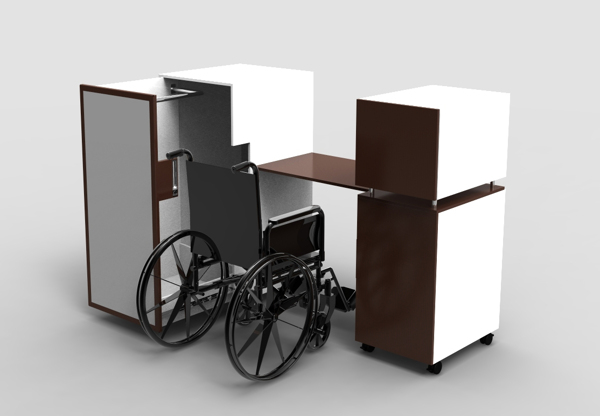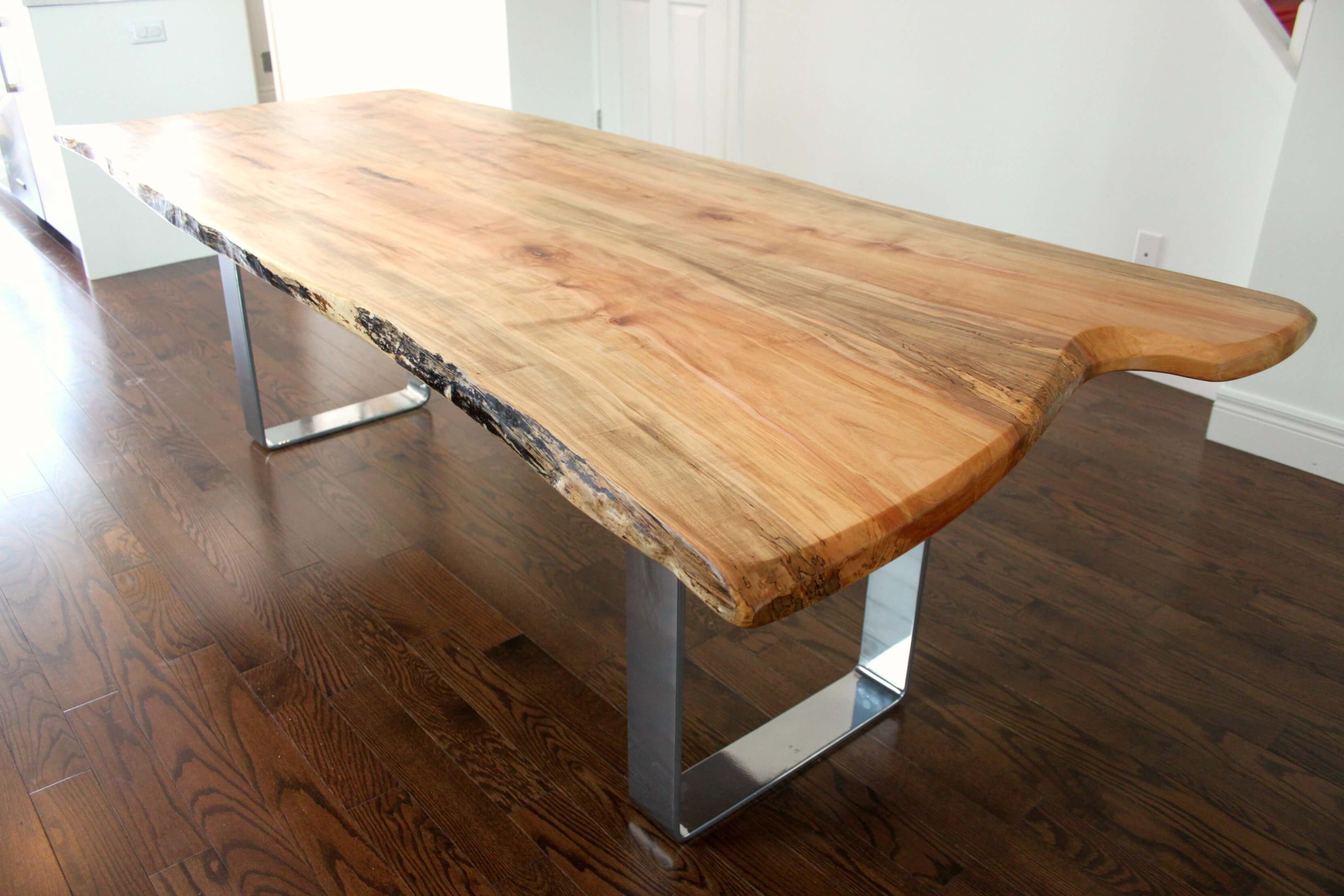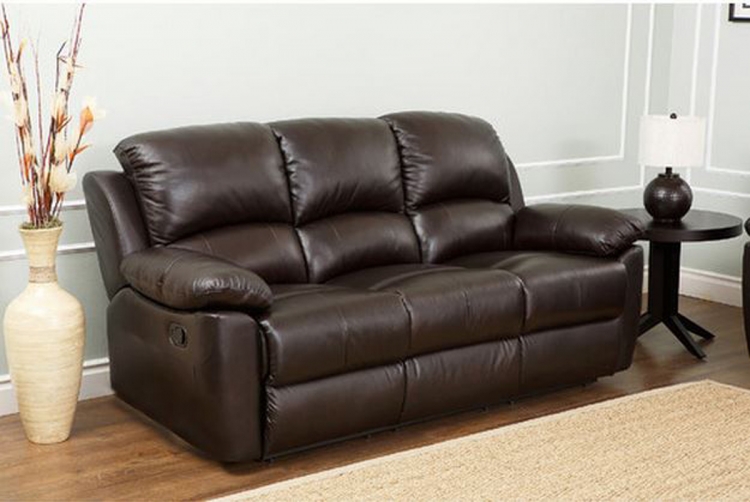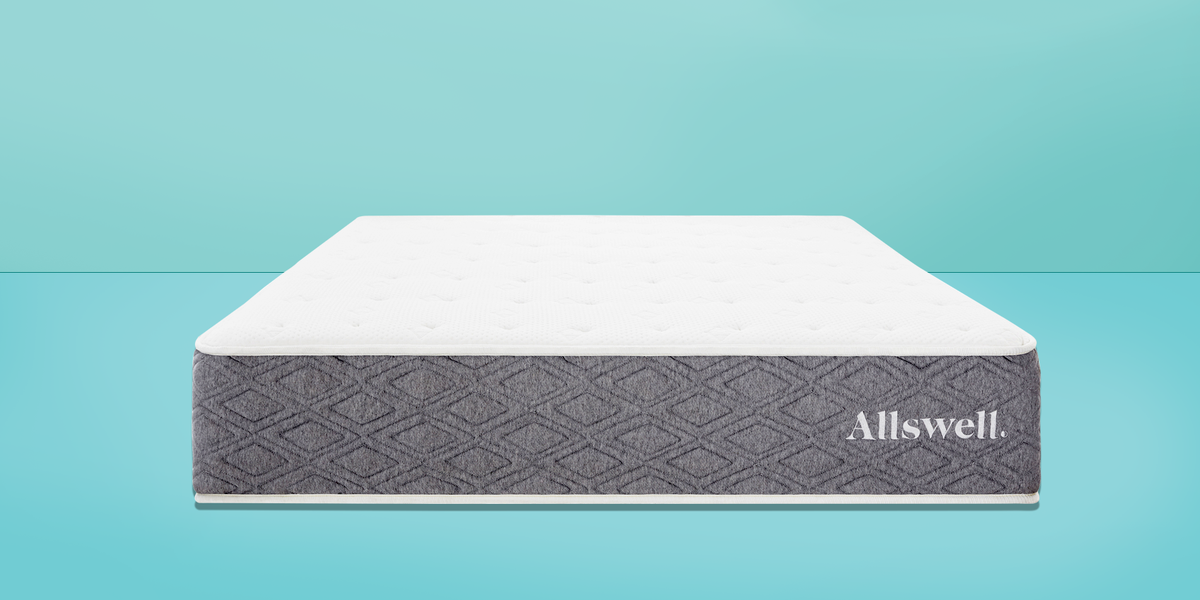Wheelchair accessible living rooms are becoming more and more popular as people recognize the need for inclusive and barrier-free spaces. Whether you are a wheelchair user, have a family member or guest who uses a wheelchair, or just want to make your living room more accessible for all, there are plenty of ideas and tips to help you create a comfortable and welcoming space. Here are our top 10 wheelchair accessible living room ideas to inspire you. Wheelchair Accessible Living Room Ideas
Creating a wheelchair accessible living room doesn't have to be a daunting task. With some careful planning and thoughtful design choices, you can make your living room a space that is easy to navigate and use for wheelchair users. Start by considering the layout and furniture placement, as well as any potential barriers or hazards. Keep in mind the needs and preferences of the wheelchair user, and don't be afraid to ask for their input and feedback throughout the process. How to Make Your Living Room Wheelchair Accessible
Designing a wheelchair accessible living room involves more than just choosing the right furniture. It also requires careful consideration of the space and how it will be used. For example, having wide doorways and hallways, as well as open floor plans, can make it easier for wheelchair users to move around. You may also want to consider installing lower light switches, raised outlets, and easy-to-reach shelves and storage options. Designing a Wheelchair Accessible Living Room
Wheelchair friendly living rooms are all about creating a space that is comfortable, functional, and easy to navigate for wheelchair users. Some key tips to keep in mind include choosing furniture with adjustable heights and armrests, adding slip-resistant flooring, and ensuring there is enough space for a wheelchair to maneuver. You may also want to consider investing in a lift or ramp to make entering and exiting the room easier. Tips for Creating a Wheelchair Friendly Living Room
If you already have a living room that is not wheelchair accessible, don't worry. There are plenty of ways to adapt the space to make it more inclusive. For example, you can remove unnecessary furniture to create more open space, add grab bars and handrails for stability, and install a stairlift if needed. You can also consider using furniture risers to raise the height of chairs and sofas for easier transfer from a wheelchair. Adapting Your Living Room for Wheelchair Accessibility
Wheelchair accessible furniture is designed with the needs of wheelchair users in mind. This can include features such as adjustable heights, removable armrests, and easy-to-reach storage. Look for furniture that is labeled as "ADA compliant" or "wheelchair accessible" to ensure it meets the necessary standards. You can also consider working with a custom furniture maker to create pieces that are tailored to the specific needs and preferences of the wheelchair user. Wheelchair Accessible Furniture for the Living Room
Barrier-free living rooms are those that are designed to be completely accessible and inclusive for individuals with mobility challenges. This can include features such as wide doorways, no-step entries, and smooth, slip-resistant flooring. You can also add features like pull-out shelves and adjustable countertops to make it easier for wheelchair users to access and use items in the living room. With a little creativity and planning, you can create a living room that is truly barrier-free. Creating a Barrier-Free Living Room for Wheelchair Users
The layout of your wheelchair accessible living room is crucial to its functionality and accessibility. When arranging furniture, be sure to leave enough space for a wheelchair to maneuver comfortably and easily. Consider using a U-shaped or L-shaped layout to create more open space in the room. You can also use area rugs to define different zones in the living room and create clear pathways for wheelchair users. Wheelchair Accessible Living Room Layout
Living rooms can be hazardous for wheelchair users if not designed and maintained properly. To ensure the safety of everyone using the space, be sure to remove any tripping hazards such as cords or clutter, and use non-slip mats under rugs. You can also install grab bars near seating areas and other high-traffic areas for added stability. Regularly check and adjust furniture and other items to ensure they are secure and stable for wheelchair users. Making Your Living Room Safe and Accessible for Wheelchair Users
Decorating a wheelchair accessible living room doesn't have to be boring or clinical. In fact, there are plenty of ways to add style and personality to the space while still keeping it accessible. Consider using bright colors and patterns to add visual interest, and add accessories such as throw pillows and blankets that are both functional and decorative. You can also incorporate mobility aids, such as a stylish cane or walker, into the decor to make them feel like a natural part of the room. Wheelchair Accessible Living Room Decor Ideas
The Importance of a Wheelchair Accessible Living Room
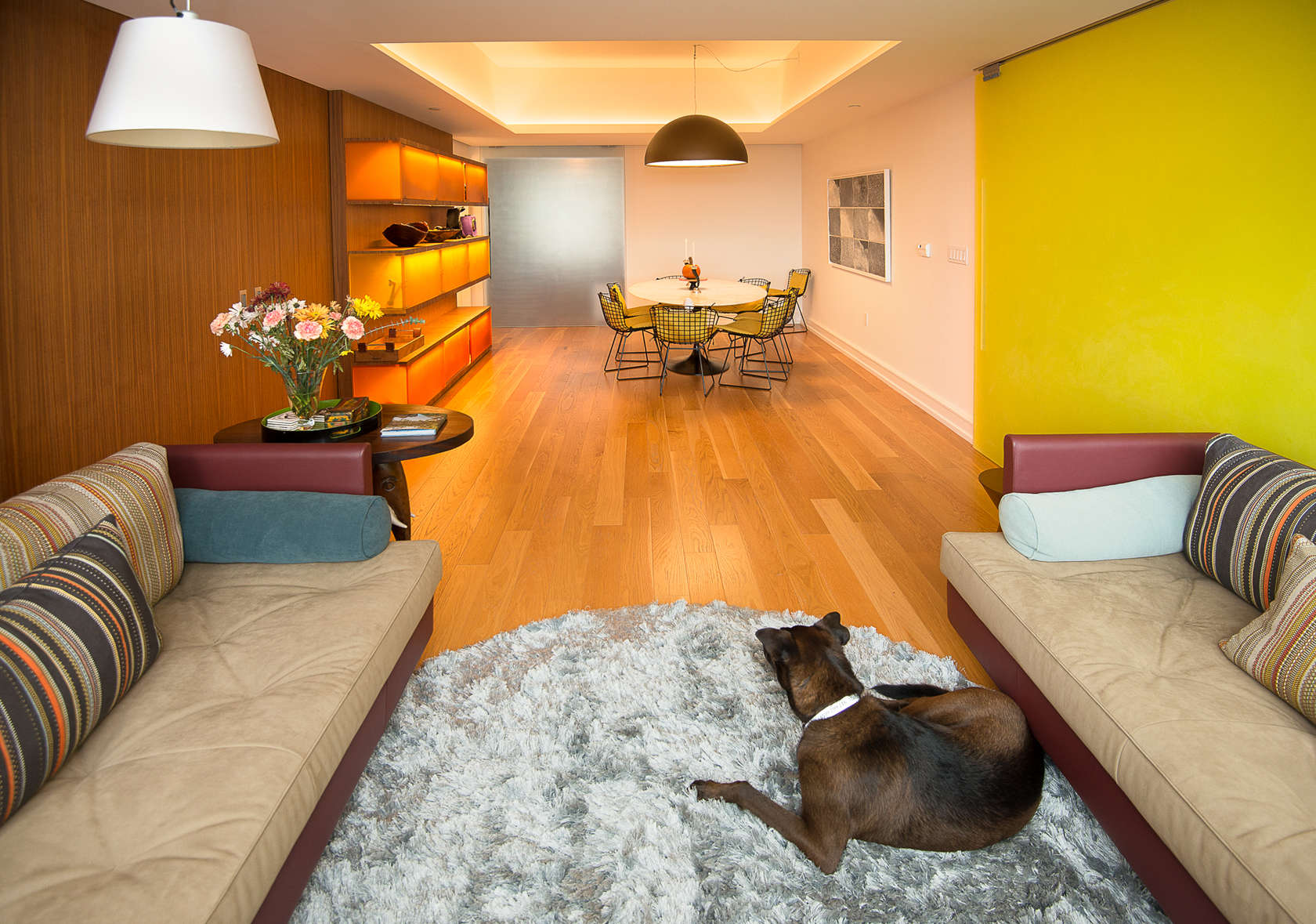
Creating an Inclusive and Functional Space
 When it comes to designing a home, there are many factors to consider. One important aspect that is often overlooked is making sure that the space is accessible for individuals with disabilities. This is especially important in the living room, which is often the main gathering area for families and guests. A
wheelchair accessible living room
not only promotes inclusivity, but it also creates a functional and comfortable space for everyone to enjoy.
When it comes to designing a home, there are many factors to consider. One important aspect that is often overlooked is making sure that the space is accessible for individuals with disabilities. This is especially important in the living room, which is often the main gathering area for families and guests. A
wheelchair accessible living room
not only promotes inclusivity, but it also creates a functional and comfortable space for everyone to enjoy.
Designing for Accessibility
 When designing a
wheelchair accessible living room
, there are several key elements to keep in mind. First and foremost, the room should have enough space for a wheelchair to maneuver comfortably. This means having wider doorways, hallways, and clear paths throughout the room. Furniture placement should also be considered to ensure there is enough space for a wheelchair to move around without any obstacles.
In addition to physical space, it is also important to consider the height of furniture in the room. Lower seating options, such as sofas and chairs, allow individuals in wheelchairs to comfortably sit and socialize with others. This also applies to tables and other surfaces, which should be at a height that is easily accessible for individuals in wheelchairs.
When designing a
wheelchair accessible living room
, there are several key elements to keep in mind. First and foremost, the room should have enough space for a wheelchair to maneuver comfortably. This means having wider doorways, hallways, and clear paths throughout the room. Furniture placement should also be considered to ensure there is enough space for a wheelchair to move around without any obstacles.
In addition to physical space, it is also important to consider the height of furniture in the room. Lower seating options, such as sofas and chairs, allow individuals in wheelchairs to comfortably sit and socialize with others. This also applies to tables and other surfaces, which should be at a height that is easily accessible for individuals in wheelchairs.
Functional Features
 Aside from physical space and furniture placement, there are also several functional features that can be incorporated into a
wheelchair accessible living room
. For example, installing a ramp or lift to access different levels of the room can make it easier for individuals in wheelchairs to move around. Additionally, having adjustable lighting and temperature controls can make the space more comfortable for individuals with varying needs.
Another important feature to consider is storage space. Having lower shelves and cabinets allows individuals in wheelchairs to easily access items without assistance. This not only promotes independence, but it also makes the living room more functional for everyday use.
Aside from physical space and furniture placement, there are also several functional features that can be incorporated into a
wheelchair accessible living room
. For example, installing a ramp or lift to access different levels of the room can make it easier for individuals in wheelchairs to move around. Additionally, having adjustable lighting and temperature controls can make the space more comfortable for individuals with varying needs.
Another important feature to consider is storage space. Having lower shelves and cabinets allows individuals in wheelchairs to easily access items without assistance. This not only promotes independence, but it also makes the living room more functional for everyday use.
The Benefits of a Wheelchair Accessible Living Room
 Having a
wheelchair accessible living room
not only promotes inclusivity and functionality, but it also adds value to the home. As the population ages, there is an increasing need for accessible living spaces. By incorporating these features into the design of a living room, homeowners can make their home more appealing to a wider range of potential buyers in the future.
In conclusion, creating a
wheelchair accessible living room
is not only a considerate and inclusive design choice, but it also adds value and functionality to the home. By considering physical space, furniture placement, and functional features, homeowners can create a space that is welcoming and comfortable for individuals with disabilities. So why not make your living room accessible for all?
Having a
wheelchair accessible living room
not only promotes inclusivity and functionality, but it also adds value to the home. As the population ages, there is an increasing need for accessible living spaces. By incorporating these features into the design of a living room, homeowners can make their home more appealing to a wider range of potential buyers in the future.
In conclusion, creating a
wheelchair accessible living room
is not only a considerate and inclusive design choice, but it also adds value and functionality to the home. By considering physical space, furniture placement, and functional features, homeowners can create a space that is welcoming and comfortable for individuals with disabilities. So why not make your living room accessible for all?







